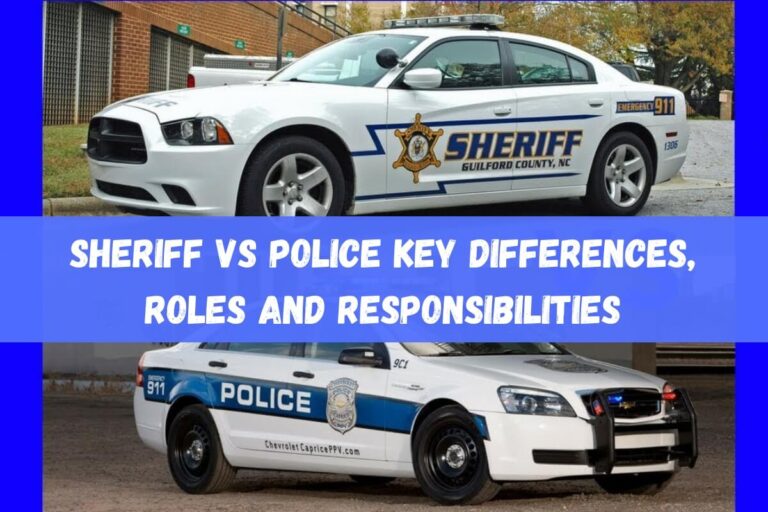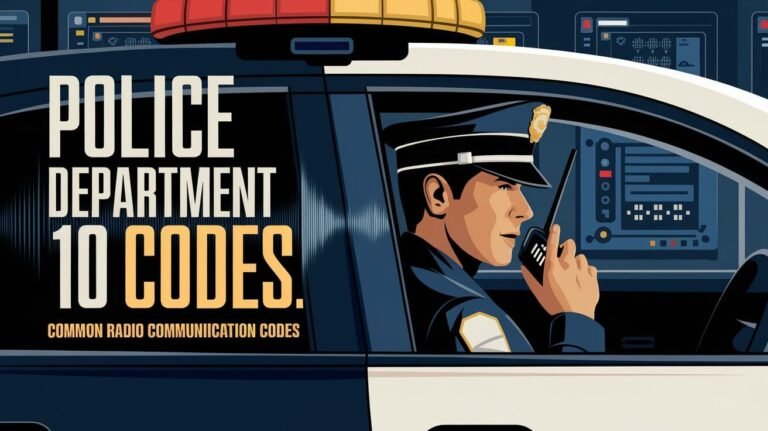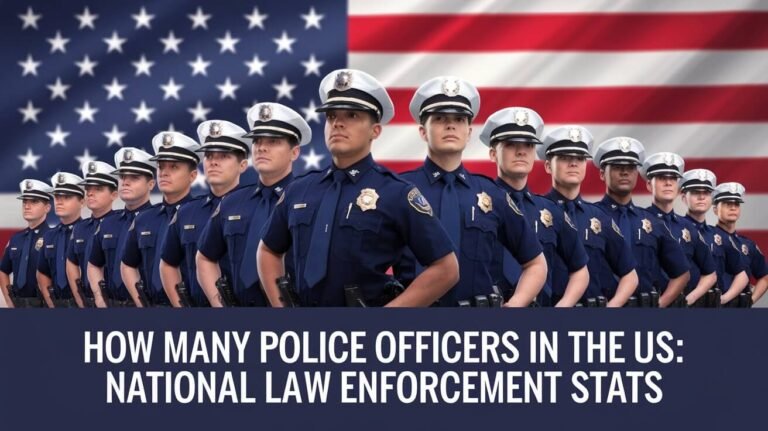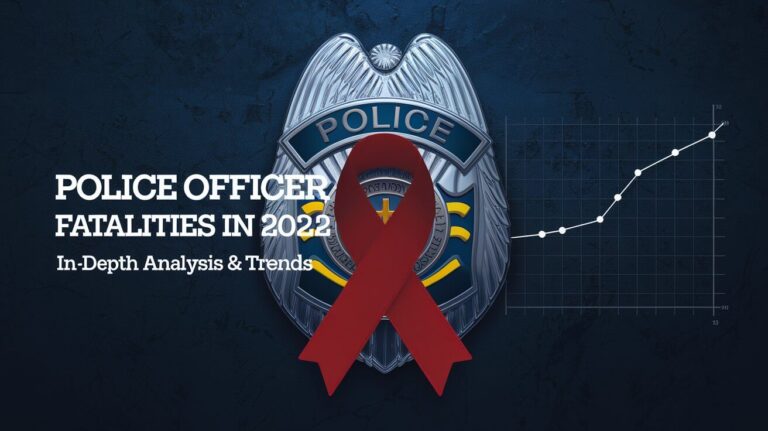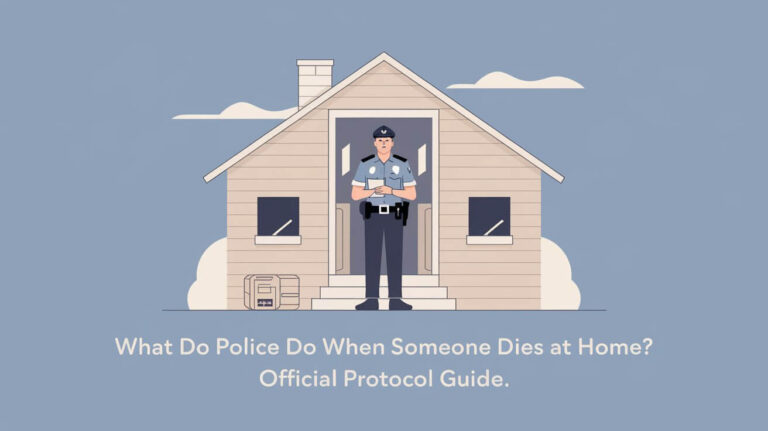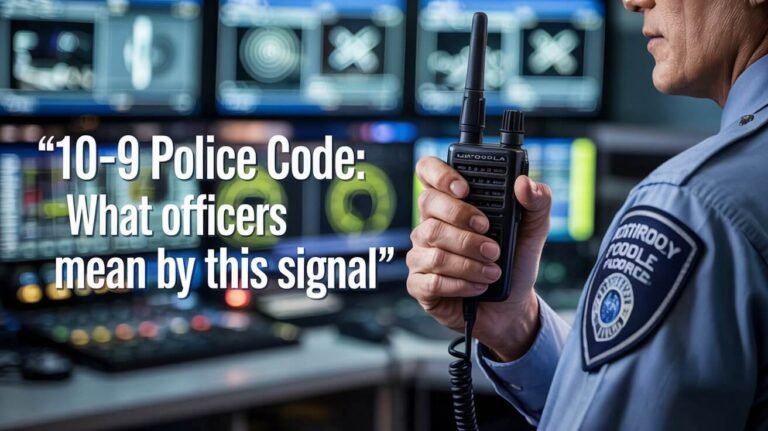10 19 Police Code: Definition, Usage, and Importance
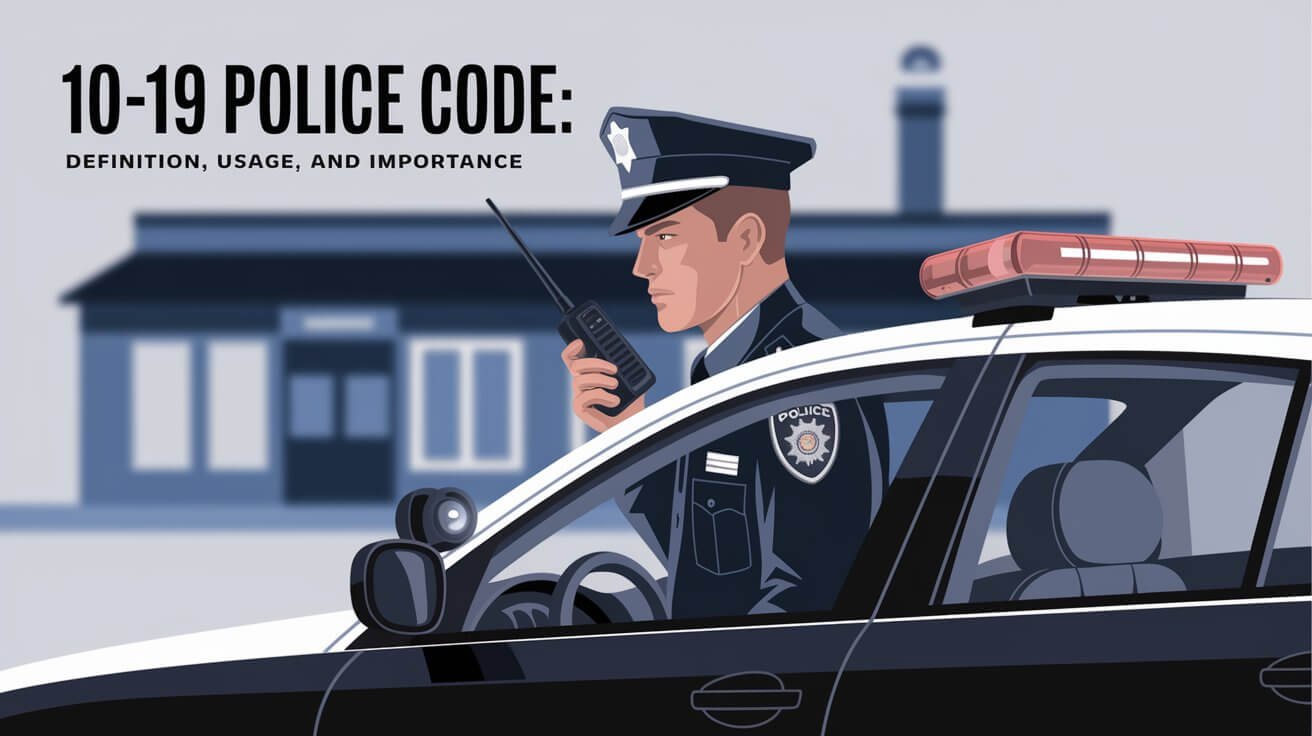
The 10 19 Police Code is key in emergency situations. It helps officers talk clearly and quickly. This code is part of a system that lets police share important messages fast.
Knowing police codes like 10 19 is very important. It helps officers talk well in emergencies. The 10 19 code tells officers to go back to a certain place or station.
What 10 19 Police Code Means
The 10 19 Police Code is key in law enforcement talks, meaning “In Contact” status. It’s vital for clear communication among officers, mainly in tense moments. About 80% of police use 10-codes, like 10-19, to avoid confusion.
Radio signals are critical in police talks, and 10 19 is often paired with other codes. This helps officers stay informed. The use of 10-codes varies, but they’re key for teamwork and safety.
Standard Definition and Usage
The 10 19 code signals an officer’s return to the station or a call’s end. It helps dispatchers keep track of officers and manage resources well. Knowing this code’s standard use is key for clear communication and officer safety.
Regional Signal Variations
Though the 10 19 code is standard, its use can differ by region. Departments might use it with other signals or follow unique rules. It’s important to know these differences for effective teamwork among police.
Common Applications
The 10 19 code is used in many ways in law enforcement, including:
- Returning to the station after completing a call
- Indicating the completion of a task or assignment
- Providing situational awareness to dispatchers and other officers
Understanding the 10 19 Police Code helps improve communication and efficiency in law enforcement.
Origins of Police Radio Signals
The history of police codes started in the 1930s. The Association of Public-Safety Communications Officials (APCO) created the “10-codes” system. This system made it easier for police to talk over the radio.
Radio technology was key in police communication’s growth. Guglielmo Marconi invented the radio in 1896. By the 1920s, radio was used for news, like election results. The 1930s brought brevity codes for clearer talk.
Some important moments in police radio history include:
- The first 10-Codes list was made in 1940
- 10-Codes became standard for police in 1955
- Truckers started using 10-Codes in the mid-1950s
- The 10-Code became well-known through songs and movies in the 1970s
Today, police radio signals are essential for communication. Using simple language in emergencies is now key. The history of police codes and radio technology keeps evolving to help modern policing.
Protocol Implementation Across Departments
Effective police protocol is key for smooth communication among law enforcement teams. Department standards guide officers in various situations. Federal agencies also shape these standards, setting the best practices in law enforcement.
Implementing Department Standards
It’s vital to have department standards for consistent police protocol use. Regular training and clear guidelines help officers follow these standards. This ensures police protocol is used well, leading to better outcomes in emergencies.
Adapting to Federal Agency Usage
Federal agencies’ use of police protocols affects department standards. Law enforcement can improve by using federal resources and expertise. This includes working with federal agencies, attending training, and staying updated on police protocol.
Some important stats on police protocol include:
- 75% of Emergency Operations Centers (EOCs) reported a need for improved interagency coordination.
- 60% of EOCs have adopted a hybrid model of operation to enhance flexibility.
- 80% of EOCs utilize telecommunications systems that include teleconferencing and videoconferencing.
Radio Communication Best Practices
Effective radio communication is key in law enforcement. Clear and efficient talk can mean the difference between life and death. To keep communication smooth, it’s important to stick to protocols and use police codes right.
Before you start talking, make sure the frequency is clear. Press the microphone correctly to avoid cut-off words. And always speak clearly to prevent misunderstandings.
In stressful situations, like active shooter events, focus on the most important information. This means sharing details like size, activity, location, and time. By doing this, law enforcement can make sure their communication is clear and quick, reducing mistakes and speeding up responses.
Some important tips for good radio communication in law enforcement include:
- Respect the dispatcher and don’t give them too much info to avoid overwhelming them
- Use specific assignments to make responses faster and clearer
- Keep background noise, like sirens, down to ensure messages get through clearly
- Avoid asking for help more than once to cut down on unnecessary talk
Following these best practices, law enforcement can make their radio communication better. This leads to fewer mistakes and faster responses. It’s vital for saving lives and keeping the public safe. So, it’s important to keep communication protocols and practices sharp for effective and smooth communication.
Common Situations Requiring 10 19 Code
The 10 19 code is key in law enforcement talks. It’s used in many situations to help respond quickly and well. When an officer is on their way to the station, this code tells dispatchers and others. It’s also used for daily tasks or filing reports.
At special events like parades or sports games, the 10 19 code is vital. It makes sure officers know their duties and can act fast if needed. This code is key to keeping everyone safe and orderly.
Here are some times the 10 19 code is used:
- Emergency response situations, such as accidents or crimes in progress
- Routine operations, such as reporting to the station or filing reports
- Special events coverage, such as parades or sporting events
The 10 19 code is essential for law enforcement. It’s used in emergencies, daily tasks, and at special events. Its role in keeping the public safe and orderly is clear.
| Situation | Code | Description |
|---|---|---|
| Emergency Response | 10-19 | Officer en-route to station |
| Routine Operations | 10-20 | Location reporting |
| Special Events | 10-21 | Phone communication |
Digital System Integration
Law enforcement agencies are using digital systems to improve their work. This includes managing digital evidence better. Digital systems help police work together more efficiently.
Police departments handle a lot of data from cameras and TVs. They use Digital Evidence Management Systems (DEMS) to manage this data. DEMS make it easy to store, share, and analyze evidence.
DEMS let officers work with evidence on the go. They use mobile devices to upload and review evidence. Cloud computing and deep learning make DEMS even better, helping with things like video analysis.
Some important features of DEMS are:
- Secure storage and retrieval of digital evidence
- Automated redaction and video analytics
- Mobile access for uploading and reviewing evidence
- Scalable storage capacity
- Compliance with FBI Criminal Justice Information Services (CJIS) security policy and local regulations
Digital systems have changed how police work. They help police respond faster and solve crimes better. As digital evidence grows, so will the need for digital systems in police work.
Signal Clarity and Transmission Methods
Good communication is key in law enforcement. Signal clarity is vital for clear messages. The quality of the signal affects how police communicate. They need top-notch radios and antennas for clear signals.
Things like hills and rain can mess with signals. Police use repeaters or satellites to keep signals strong. This helps them talk clearly, no matter the weather.
Key Factors Influencing Signal Clarity
- Equipment quality: High-quality radios and antennas are essential for maintaining signal clarity.
- Environmental factors: Terrain, weather conditions, and physical obstacles can affect signal clarity.
- Transmission methods: The use of repeater stations or satellite communications can enhance signal clarity.
Police departments can improve their communication by focusing on signal clarity. They can choose better equipment and methods. This makes their communication systems more effective.
| Factor | Description |
|---|---|
| Equipment Quality | High-quality radios and antennas are essential for maintaining signal clarity. |
| Environmental Factors | Terrain, weather conditions, and physical obstacles can affect signal clarity. |
| Transmission Methods | The use of repeater stations or satellite communications can enhance signal clarity. |
Related Police Codes and Signals
Knowing police codes is key for law enforcement to work well. The 10-19 code means “Return to _____,” used by many police. But, other codes are important too. For example, 10-10 is for “Fight In Progress,” and 10-31 is for “Crime in Progress.”
A guide to signals helps officers understand their department’s codes. Codes like 10-50 for “Accident” and 10-55 for “Intoxicated Driver” are critical. They help in quick responses and clear communication during emergencies.
Other codes are also vital. For instance, 10-80 is for “Chase in Progress,” and 10-99 is for “Wanted / Stolen Indicated.” Different places use different codes or signals. In California, the “Hundred Code” uses three-digit codes, like 187 for murder.
Here are some important police codes:
- 10-10: Fight In Progress
- 10-31: Crime in Progress
- 10-50: Accident
- 10-55: Intoxicated Driver
- 10-52: Ambulance Needed
Knowing these codes and signals, police can act fast and safely. This ensures public safety and smooth operations.
Wrap-Up
The 10 19 police code is key in law enforcement, making emergency responses clear and quick. It started in the 1930s and has grown to be a big part of police work. Knowing about police codes helps both police and the public understand public safety better.
This code, along with its local changes and signals, shows how important clear talk is in police work. Keeping up with these rules helps officers work well together in emergencies. This makes communities safer. As police work changes with new tech, using these codes will keep being important.
In short, the 10 19 police code shows the hard work and skill of police. It shows we need clear, quick, and easy-to-understand talk in police work. By following these ideas, we can help our police officers do their job well.
Post-Specific FAQs
What is the 10 19 Police Code?
The 10 19 Police Code is a standard code in law enforcement. It means an officer has returned to their assigned location or vehicle.
How are police codes used in emergency response situations?
Police codes, like the 10 19 code, are key in emergency responses. They help law enforcement share important information quickly and clearly.
What are some common applications of the 10 19 Police Code?
The 10 19 code is used in many law enforcement situations. It’s for reporting back from a call, returning to a patrol car, or finishing a task.
How have police communication systems evolved over time?
Police communication systems have grown a lot over time. Key innovations have changed how law enforcement works together.
How do different law enforcement agencies implement police codes?
Different law enforcement agencies have their own ways of using police codes. They make sure communication is effective and clear.
What are the best practices for radio communication in law enforcement?
Good radio communication in law enforcement is key. It involves following protocols, using codes right, and keeping messages clear and concise.
In what types of situations is the 10 19 Police Code typically used?
The 10 19 code is used in many situations. It’s for emergency scenarios, routine operations, and special events to show an officer’s return.
How has the integration of digital systems impacted the use of police codes?
Digital systems have made police codes like the 10 19 code more effective. They improve efficiency and coordination in emergency and routine operations.
What factors can influence the clarity and transmission of police radio signals?
Many things can affect police radio signals, including the 10 19 code. Equipment and environmental conditions are important.
What other police codes are related to the 10 19 code?
There are many police codes related to the 10 19 code. Each has its own purpose in law enforcement communication and coordination.

